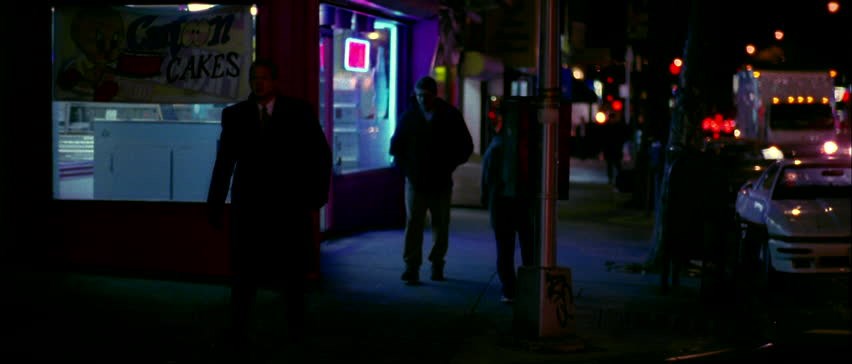The Editor,
How does one avoid a collision with a pedestrian? I believe in mutual respect and mutual distrust, and that both drivers and pedestrians bear the responsibility for safety on our roads.
Under existing laws, a driver is considered liable if he/she bumps a pedestrian in a pedestrian crossing. The story unveils somewhat differently if that same pedestrian jaywalks or runs onto the road.
You would ask if this happens at all or if it happens often enough to initiate any discussion with respect to pedestrians’ conduct.
To me, it is simple: It’s all about common sense.
Some crossings are poorly marked, with very little or no street lighting, which in winter time becomes detrimental. Imagine a pedestrian totally oblivious to his/her surroundings sauntering into such a crossing without making any eye contact with drivers, completely preoccupied with his/her business, such as drinking coffee or checking a mobile phone. Let us add fog and early darkness of winter months, creating blind spots all around, poor or no visibility, and dark clothing of the pedestrian to boot.
What happens next? You’ve guessed it. Someone may get hurt.
But who is to blame? The city for poor lighting and poor signage, as well as poor choice of areas for pedestrian crossing. The driver is obviously a primary culprit, no questions asked. But what about the pedestrian who is shocked at the outcome of it all? Does he/she see that they, in a way, contributed to this outcome as much as anybody else?
In an ideal world, we should aim at protecting everybody using our roads and traffic should not cause harm to anybody if at all avoidable. But it is as much pedestrians’ obligation to be aware of what is going on around them and on the roads as it is drivers’ responsibility to take all the necessary precautions to avoid collision.
Thus, an appeal to pedestrians: Look left and right, then left again, before crossing a road; make eye contact with an incoming vehicle; make gestures as if demanding the vehicle to stop, if necessary (trust me, it works). If the road conditions are slippery or unsafe for the driver to stop, wait your turn to cross. Better safe than sorry.
Janina Furmanik, Coquitlam



